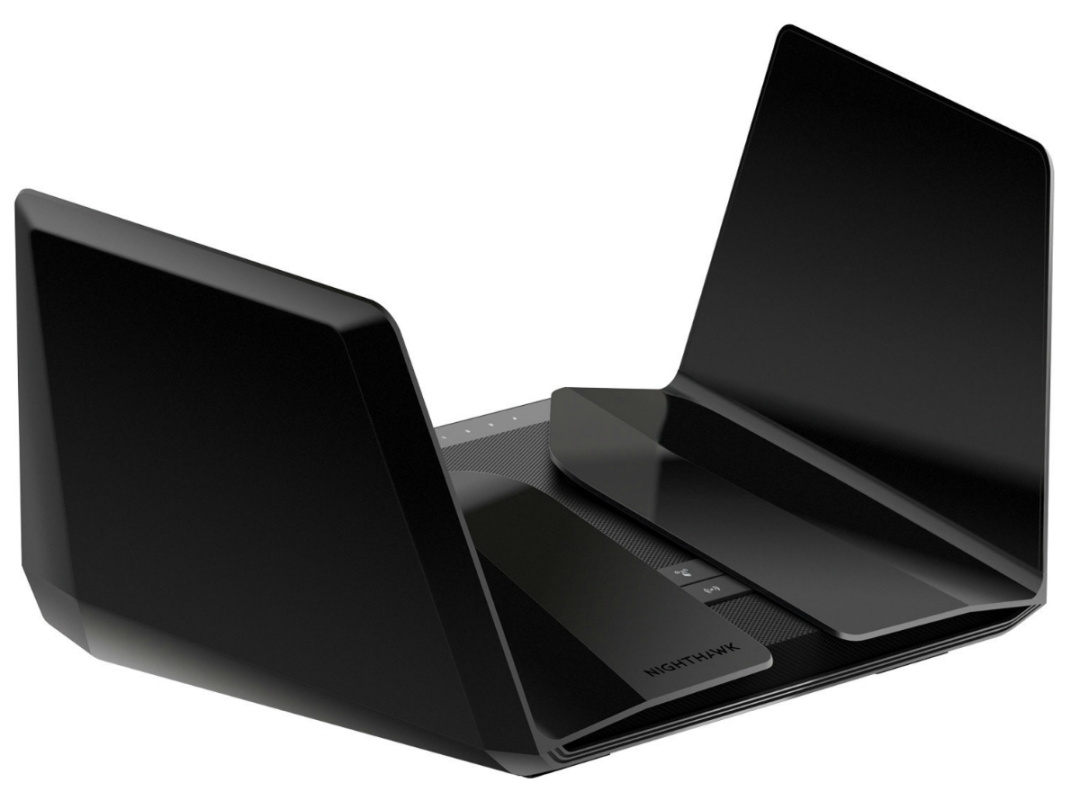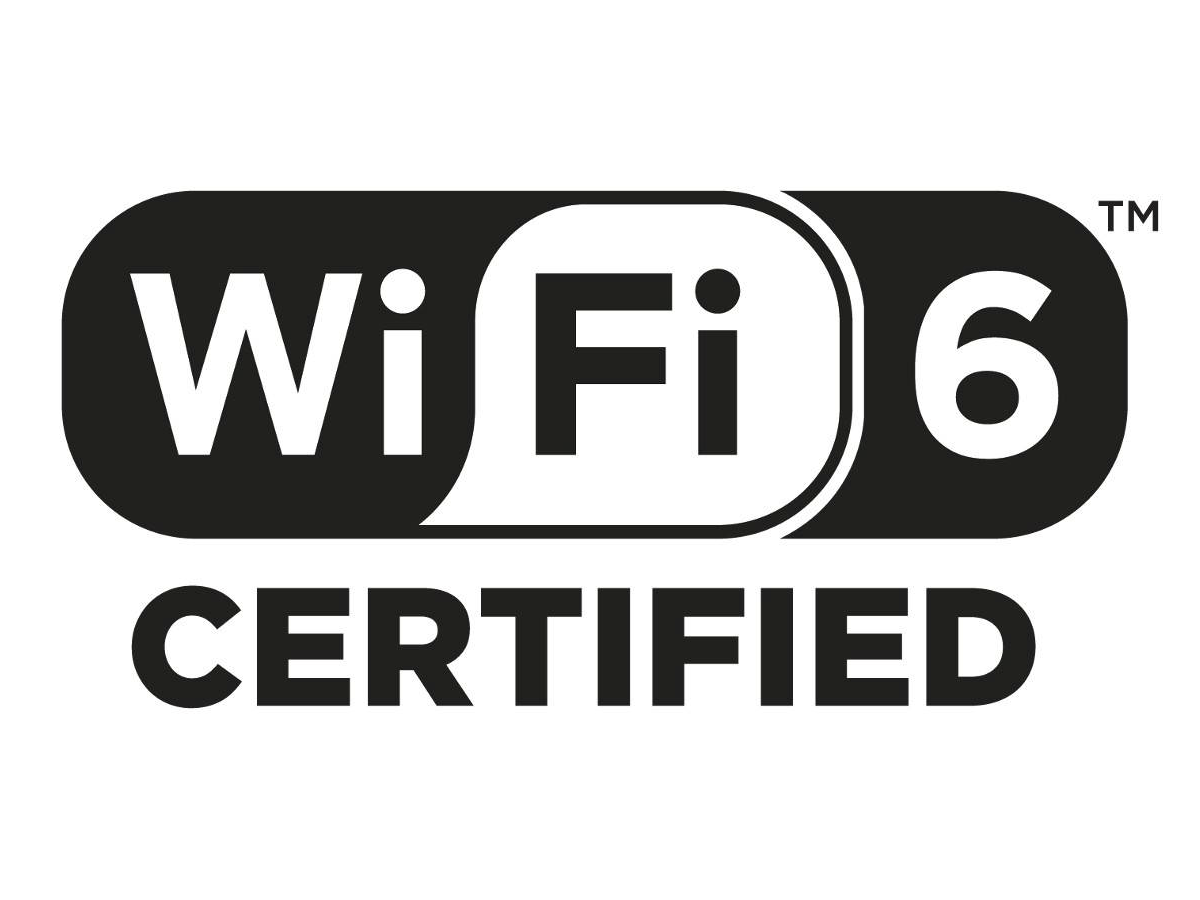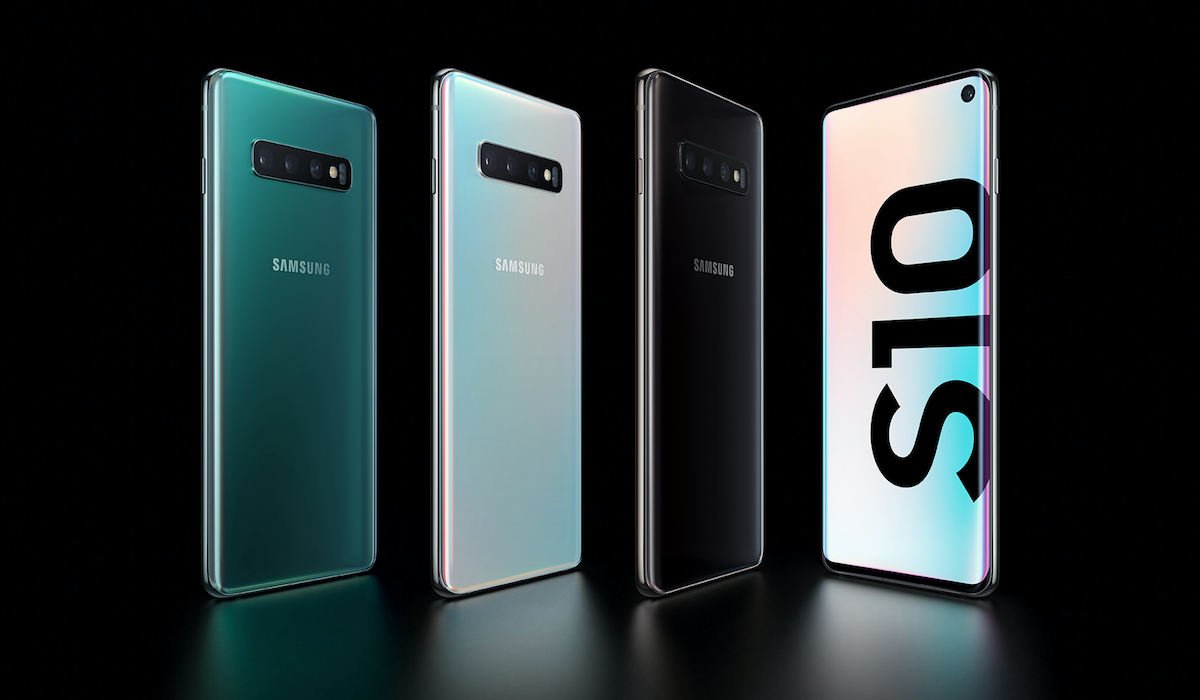What is Wi-Fi 6?
And what happened to 1 to 5?

Is there a more powerful force in 2020 than Wi-Fi?
Internet down at work? Might as well sack it off and go to the pub. And what’s the first thing you do when you get there? Ask for the Wi-Fi code. Even on the London Underground people use the few seconds you spend at each station to try to suckle at the teat of Virgin Media’s free hotspots.
But our invisible overlord is about to change for the better. Wi-Fi 6 first appeared in products announced at CES in 2019, but you could almost count the number of devices that supported it on the antennae of a wireless router.
A year later and things are looking a lot more promising. But what is Wi-Fi 6 and will it do more than just make your downloads slightly faster?
I didn’t even know there was a Wi-Fi 1, let alone 2 to 5…
That’s because there wasn’t. Not exactly. Wi-Fi 5 (aka 5 GHz) was adopted in 2014, Wi-Fi 4 arrived in 2009, and before that the standards were just known by their far less pleasing, more technical 802.11 names – it’s only recently that the Wi-Fi Alliance decided to rebrand the most recent generations. Did you not read about it in Wi-Fi Weekly or Router News?
Surprisingly not. So how is it different?

For starters, it has the potential to be way faster. Wi-Fi 5’s top speed is 3.5Gbps, while Wi-Fi 6 is capable of going more than double that rate. In practice, you’re unlikely to ever see anything close to its theoretical maximum of 9.6Gbps, but that’s also true of its predecessors.
What that extra speed is more useful for is splitting the available bandwidth across multiple devices, so you should see less slowdown when lots of gadgets are trying to use the network at the same time. In a world where 4K streaming, massively multiplayer gaming, and more and more smart home kit is putting a strain on your overworked router, that could be a real game changer.
What else can it do?
You mean that’s not enough? Wi-Fi 6 can schedule check-ins between the router and devices, which means it uses up less battery, although this will be most beneficial for low-power gadgets rather than your phone or laptop, which require constant connectivity. Wi-Fi 6 devices must also support the WPA3 security protocol in order to be certified, so they’ll be safer to use too.
Sounds like I need to upgrade all my gear…

To get the full benefit you will, but there’s no real need to rush out and do it now – your old kit isn’t going to suddenly become useless. All Wi-Fi standards are backwards compatible, so everything will still connect, it’s just that Wi-Fi 6 devices will see the most improvement. Just because you take your old Fiesta on the Autobahn, doesn’t mean it’ll suddenly do 200mph, but you’ll still be able to go a bit faster than usual.
If you’ve bought a new high-end router in the past 12 months, like Netgear’s sinister-looking Nighthawk AX8 (top), there’s a decent chance it already supports Wi-Fi 6. It’ll gradually work its way into other more everyday routers like the ones you get for free from ISPs.
As for phones, Qualcomm’s Snapdragon 855 processor, which is the one you’ll find inside a Samsung Galaxy S10 (above), Google Pixel 4 and OnePlus 7 Pro among others, supports Wi-Fi 6, so expect the next wave of Android smartphones to come with the upgraded connectivity.



